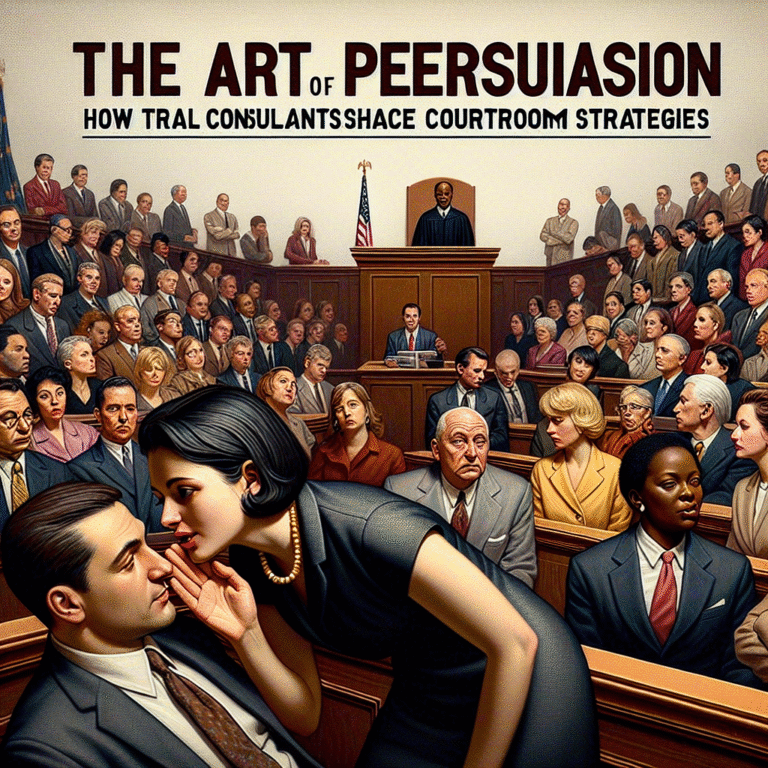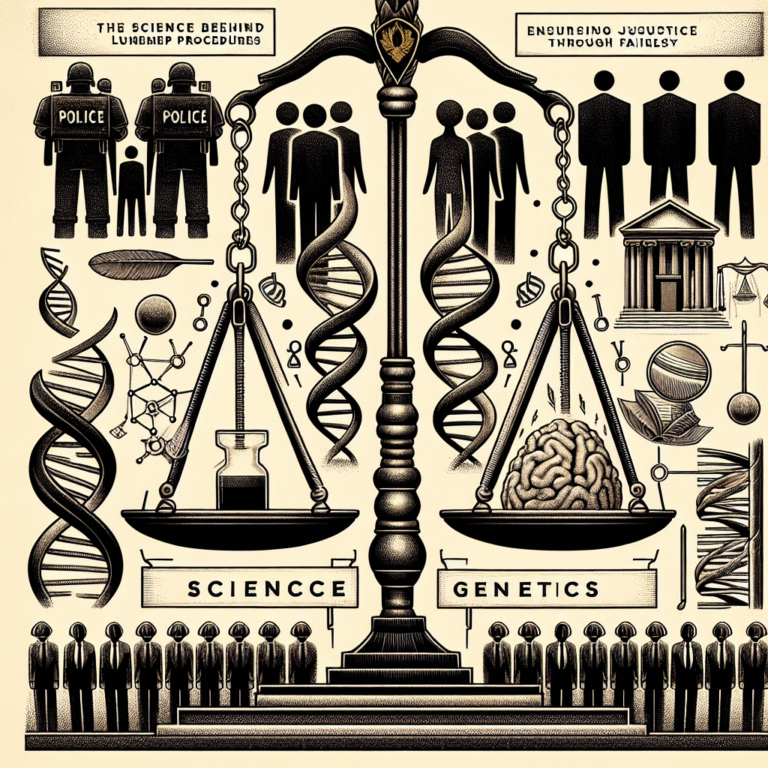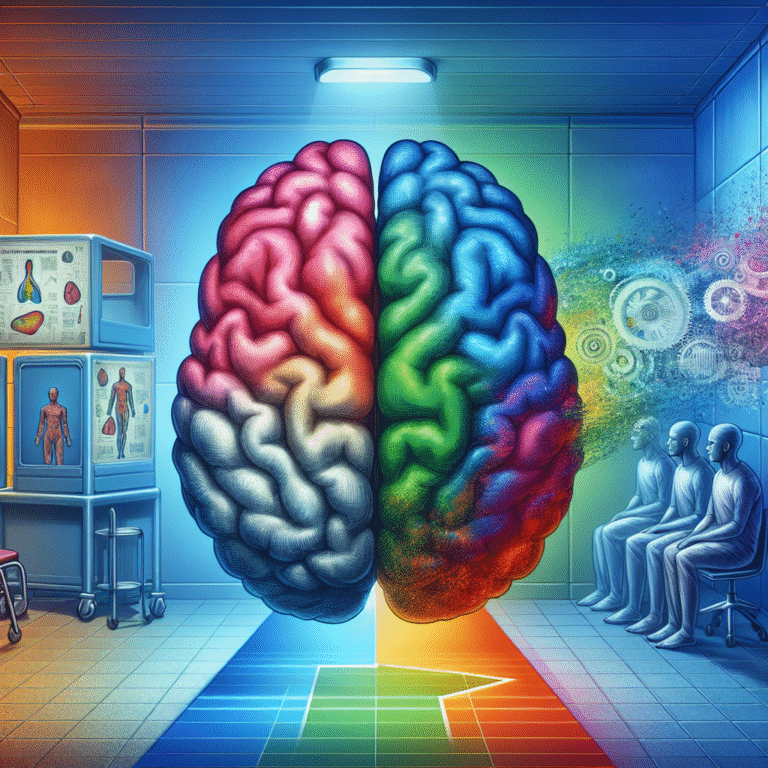
Introduction
Imagine standing at the edge of a vast, intricate maze—walls of statutes, regulations, and precedents rising on all sides, each twist and turn representing another decision point that can alter the course of legal outcomes. Welcome to the world of law, where navigating this complex labyrinth can mean the difference between victory and defeat. Today, we delve into Navigating the Legal Labyrinth: Understanding the Anatomy of Decision Making in Law, an essential journey for law students, professionals, and anyone interested in the complexities of legal decisions. This article will provide you with the tools to make sense of this sophisticated world, ensuring that you can confidently maneuver through its many challenges.
Understanding the Legal Labyrinth
The Structure of Law: An Overview
At its core, law is a system governing interactions and behaviors within society, established through various sources like statutes, regulations, and case law. Understanding the anatomy of decision-making in law involves dissecting these structures:
- Legislation: Enacted by governing bodies, it forms the backbone of statutory law.
- Case Law: Precedents established by court decisions that influence future rulings.
- Administrative Regulations: Guidelines issued by government agencies that clarify statutory provisions.
Table 1: Major Sources of Law
| Source | Description | Example |
|---|---|---|
| Legislation | Written laws passed by legislatures | U.S. Code |
| Case Law | Court decisions that establish legal precedents | Brown v. Board of Education (1954) |
| Administrative | Rules set by government agencies | Federal Aviation Administration regulations |
The Role of Judicial Decision Making
Judicial decision-making is the process by which judges interpret and apply these legal rules, navigating the labyrinth with intention. They evaluate precedents, consider legislative intent, and apply legal principles to real-world facts. This process often entails weighing competing values and principles, leading to nuanced and context-dependent decisions.
Case Study: Brown v. Board of Education
Take, for example, the landmark case Brown v. Board of Education (1954). In this case, the Supreme Court had to navigate a labyrinth of existing precedents and societal norms. The decision to overturn Plessy v. Ferguson (1896) highlighted how decision-making in law can reshape societal values. By examining the historical context and legal implications, it becomes clear that the court’s choice was not just a matter of legal interpretation but a bold stance against systemic discrimination.
Analysis
In Brown, the justices had to consider both the letter of the law and its spirit, ultimately taking a stance that aimed to affect change in American society. This case illustrates how decision-making in law often involves balancing legal precedents with moral obligations and public sentiment.
The Psychology Behind Decision Making in Law
Cognitive Biases
Navigating the legal labyrinth requires an understanding of cognitive biases that can affect decision-making. Judges, like all humans, are subject to biases such as:
- Confirmation Bias: Favoring information that confirms existing beliefs.
- Anchoring: Relying too heavily on an initial piece of information when making decisions.
These biases can impact judicial rulings, leading to outcomes that may not align with objective legal principles.
Decision-Making Models
Several models can be employed to understand how judges and lawyers make decisions, including:
- Rational Choice Theory: Assumes decisions are made through a logical assessment of costs and benefits.
- Bounded Rationality: Suggests that decision-makers operate under limitations of available information and cognitive capacity.
Chart 1: Models of Judicial Decision Making
| Model | Description | Implications |
|---|---|---|
| Rational Choice | Logical evaluation of options | Decisions are purely objective |
| Bounded Rationality | Acknowledgment of limitations | Understands the role of context and emotions |
The Influence of Legal Ethics
The Principles of Legal Ethics
Legal ethics form the moral foundation guiding decision-making within the law. Lawyers, judges, and legal professionals must navigate ethical dilemmas, often involving competing interests. Core ethical principles include:
- Confidentiality: Maintaining client privacy.
- Competence: Providing knowledgeable and skilled representation.
- Conflict of Interest: Avoiding situations where personal interests may compromise professional judgment.
Case Study: The Role of Ethics in Decision Making
One fascinating example is the Case of the Watergate Scandal, where legal commitment to ethical principles significantly shaped legal outcomes. Lawyers involved faced ethical dilemmas around client confidentiality, advising clients under investigation, and the potential for significant conflicts of interest.
Analysis
The Watergate scandal showcases how legal ethics intervene in decision-making processes, compelling attorneys to choose between loyalty to clients and adherence to broader societal norms and laws.
The Impact of Socioeconomic Factors
Law and Society
Understanding Navigating the Legal Labyrinth: Understanding the Anatomy of Decision Making in Law also requires acknowledging how socioeconomic factors shape legal outcomes. From access to legal representation to the influences of public opinion, these aspects can significantly affect decisions within the legal framework.
- Access to Justice: Limited resources often lead to disparities in legal outcomes.
- Public Opinion: The societal context can sway judicial decision-making, often leading to more socially favorable rulings.
Case Study: The Impact of Socioeconomic Status on Legal Representation
Consider the case of Plea Deals in Criminal Justice. Research has demonstrated that defendants with better socioeconomic status usually secure more favorable plea deals than their less affluent counterparts. This illustrates how access to resources can influence legal representation and outcomes.
Analysis
This case highlights the critical interplay between socioeconomic factors and decision-making, demonstrating how systemic inequalities can manifest within the legal labyrinth.
The Role of Technology in Legal Decision Making
Artificial Intelligence in Law
Technology is reshaping the legal landscape, introducing new tools that aid decision-makers in navigating the labyrinth. Artificial intelligence (AI) can assist in legal research, case analysis, and even predicting judicial outcomes based on historical data.
Chart 2: Applications of AI in Law
| Application | Description | Benefits |
|---|---|---|
| Legal Research | AI-powered tools that sift through case law | Speed and efficiency |
| Predictive Analytics | Analyzing outcomes based on prior cases | Informed decision-making |
Ethical Considerations of AI
However, the integration of technology and AI raises ethical concerns. Decision-makers must navigate the implications of relying on algorithms, including biases inherent in programming and the displacement of human judgment.
Conclusion: Charting Your Path Through the Legal Labyrinth
Navigating the legal labyrinth is far from a straightforward journey. Understanding the anatomy of decision-making in law requires a multifaceted approach that incorporates ethical considerations, psychological insights, and socio-political contexts. Remember, as you proceed on this path, the key to successful navigation lies in continually questioning and reflecting on the principles that guide your decisions.
As you engage with the complexities of law, always prioritize the values of justice, equity, and integrity. These principles will be your compass, guiding you through even the most challenging turns of the legal labyrinth.
FAQs
1. What is the significance of understanding decision-making in law?
Understanding decision-making in law is essential for effectively navigating legal challenges and ensuring just outcomes.
2. How do cognitive biases affect legal decisions?
Cognitive biases can lead to subjective interpretations that may deviate from objective legal principles, impacting rulings and outcomes.
3. In what ways does socioeconomic status influence legal outcomes?
Socioeconomic status can significantly affect access to legal resources, representation, and fairness in judicial decisions.
4. What role do ethics play in legal decision-making?
Ethics guide legal professionals to uphold moral standards while navigating decisions, ensuring integrity and fairness in the legal process.
5. How is technology changing the landscape of decision-making in law?
Technology, particularly AI, is enhancing efficiency and precision in legal research and analysis, but it also presents ethical challenges regarding bias.
Navigating the Legal Labyrinth: Understanding the Anatomy of Decision Making in Law is not merely an academic endeavor; it is an essential skill for anyone involved in the legal field. Embrace the complexity and become an informed navigator in this vital domain.















